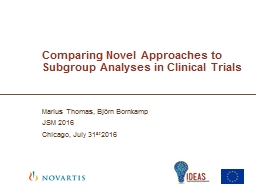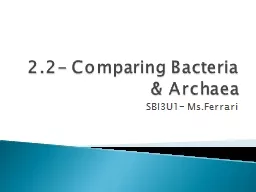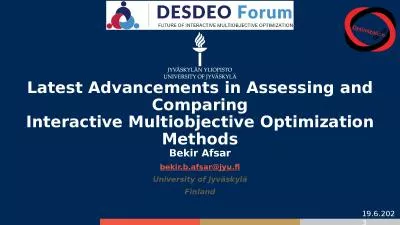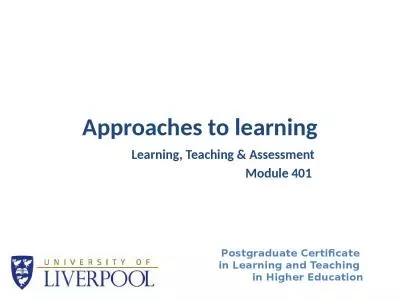PPT-Comparing Novel Approaches
Author : alis | Published Date : 2023-10-27
to Subgroup Analyses in Clinical Trials Marius Thomas Björn Bornkamp JSM 2016 Chicago July 31 st 2016 Outline 2 Motivation The common approach in exploratory
Presentation Embed Code
Download Presentation
Download Presentation The PPT/PDF document "Comparing Novel Approaches" is the property of its rightful owner. Permission is granted to download and print the materials on this website for personal, non-commercial use only, and to display it on your personal computer provided you do not modify the materials and that you retain all copyright notices contained in the materials. By downloading content from our website, you accept the terms of this agreement.
Comparing Novel Approaches: Transcript
Download Rules Of Document
"Comparing Novel Approaches"The content belongs to its owner. You may download and print it for personal use, without modification, and keep all copyright notices. By downloading, you agree to these terms.
Related Documents














